I am going to open a can of worms. In Guatemala, I felt like a tourist not like a traveler. Yes, in my mind a traveler is not the same as a tourist. A tourist uses and leaves. A traveler interacts with locals beyond the dollar sign written all over her face. So I liked Guatemala… as a tourist.
The country welcomed us with thousands of vendors; a canyon with very high mountains; women dressed in beautiful traditional outfits: burgundy color skirts, red shirt and red headband; and working children, carrying heavy bags of veggies, fruits or firewood. We saw them every day and at all times of the day.
After driving the worst road we’ve taken so far, we arrived at Pasaj Cap, in San Marcos La Laguna on Lake Atitlán. It belongs to Pierre, a French guy who has built a paradise (and one of the best camping spots in our trip so far).
With three volcanos, San Pedro, Atitlán and Tolimán, embracing it and watching over it, Lago Atitlán is stunning. Yet my favorite part about our visit was the boat ride. We took the last boat out of San Pedro. Even though all the seats were taken and it was pouring down rain, the capitán invited more and more people on the boat. At the end, there were about 40 people too many sharing the ride, complaining -but not really- in English, Spanish and some of the many languages spoken around Lake Atitlan.
So-called expats shared the ride with Mayan locals, new visitors like us, and people who don’t know in which group they belong. Among them, a lady who was living in Seattle until June, who sold her house, gave her business to her (ex?) husband and said, gotta go. Almost all the local men onboard were drunk. The Seattle lady -who is also a nurse- told us anxiety and ‘thirst’ are normal things among men here, especially during the low season.
San Pedro is gringo-town. There, US and European visitors wear pajama pants in the day light, drink espressos and read restaurant signs in English and Hebrew. Groups of young women and older folk tired of the ‘American Dream’ made up the majority of them.
San Marcos, the closest town to Pierre’s place, about a 15-minute walk, is even more… peculiar. The first thing you see is a tai-chi temple. And in the plaza, there is a mix of locals selling products and foreigners seeking enlightenment. Or healing. Or kambucha. Or an om. We went to Hostal del Lago for dinner and all the foreigners in their 20s and 30s were there. I had the same reaction as on my first day at Burning Man: I just saw a group of privileged pseudo-hippies spending their parents’ savings while listening to Manu Chau and doing drum circle. What’s ironic? I could easily be one of them, only I would pay for the trip myself. “All these lost souls”, said Nate. Meanwhile Amelia commented how lovely the whimsical lamps were, all made with flowers and leaves. And Benjamin said, “please let’s go, I can’t take it anymore. Who goes to Guatemala to visit a tai-chi temple and buy a didgeridoo?” They’re so beautiful, and so different. It wouldn’t surprise me if my flower girl gets an annual membership to Hostal del Lago in a few years and Benjamin calls me to criticize me because I don’t get her out of there.
It was hard leaving Pasaj Cap paradise.
We arrived in Antigua, a pretty colonial town full of craft vendors carrying their babies in their backs, coffee shops with wifi and blue-eyed tourists. In Antigua we tried street Guatemalan tacos and tostadas, vegetarian pepián and Kak’ik, a rich turkey soup.
A tourist police officer told us that Jimmy Morales had won by many votes, almost 70%. The officer was happy. He said it was something new and it was good to try new things. And that the people were not going to resist anymore: the same way they had driven out the previous president, the same way they could do it again. A group of ladies at the gas station shared the sentiment. Elections came and went. We didn’t hear loud celebrations or protests. We did see all the roads in the country covered with propaganda. Let’s hope they have time to take it all down before the next elections.
We left tranquil and touristy Antigua to immerse ourselves in the extensive grey valley where Guatemala City opens its tentacles. What we saw without leaving the Periférico highway was a city like so many, covered in McDonald’s and the intoxicating grey smoke of buses.
Later we saw the green that followed us everywhere else in Guatemala. We passed the cloud forest corridor and its private ecological reserves, tomato fields and towns with names that talk about past sadness: Matanzas (Killings) and Niño Perdido (Lost Child).
The eight-hour adventure to Semuc Champey (“where the river hides in the mountain” in Q’eqchi’ Maya) continued with an unpaved road from Lanquín only suited for 4x4s. We took a truck that’s used as a bus. B & A rode on the roof, holding onto many bars around them. There were cacao, coffee and cardamom fields.
Semuc Champey is a strange thing. The Cahabón river goes under a lime stone formation that receives water from a spring. Water above water. From an ecological point of view, it is spectacular. From a social perspective, it is complicated.
To get there, you have to go through the town of Lanquín, where the hotels are, including ours. People from Lanquín organize tours and provides transportation. There are four indigenous communities around Champey, living deep in the forest. Because it was designated a natural monument, the government administers it, including the entry fee. Until recently.
A few months ago, people from the communities kicked out the government staff, establishing their own entry-by-donation system and offering guides to the lookout (you can also enter from below, but seeing it from the lookout is half the spectacle). Several tourists have decided to not hire guides. And many have been robbed at the lookout. If you hire a guide, however, −who must belong to one of the communities− nothing happens to you. Hm. People from Lanquín are not happy because tourism has gone down. Someone told me that the police was going to come and “take all those people out.” People from the communities are not happy either; the natural monument is not translating into quetzal$.
To exit Guatemala, we went down to Río Hondo and Zacapa, where the heat is sticky and life seems to resemble one their billboards, “Un-Bean Yourself. Forget the Past.” Malls, gated communities and signs announcing the arrival of pallets from USA are the norm here. The pallets are packed with clothes from the north (made in Guatemala?).
A week in the country, I feel I merely patted it and saw it from above: as a tourist, not as a traveler. Nonetheless, I am grateful for its green, the colorful skirts of its maya women, and its lakes and volcanoes.
Bantiox, Guatemala.

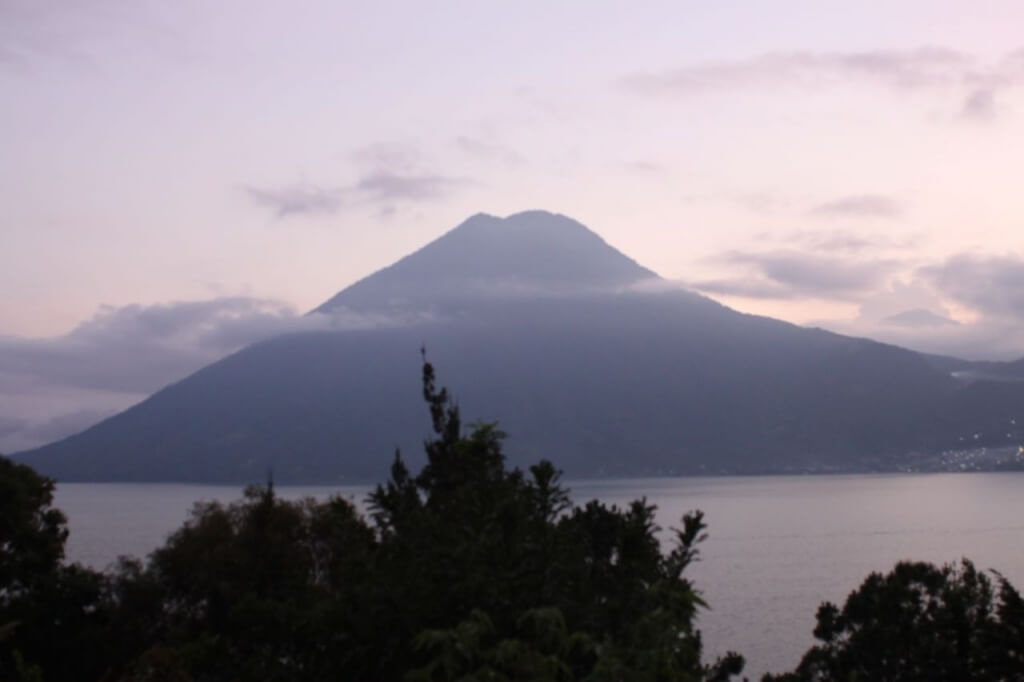
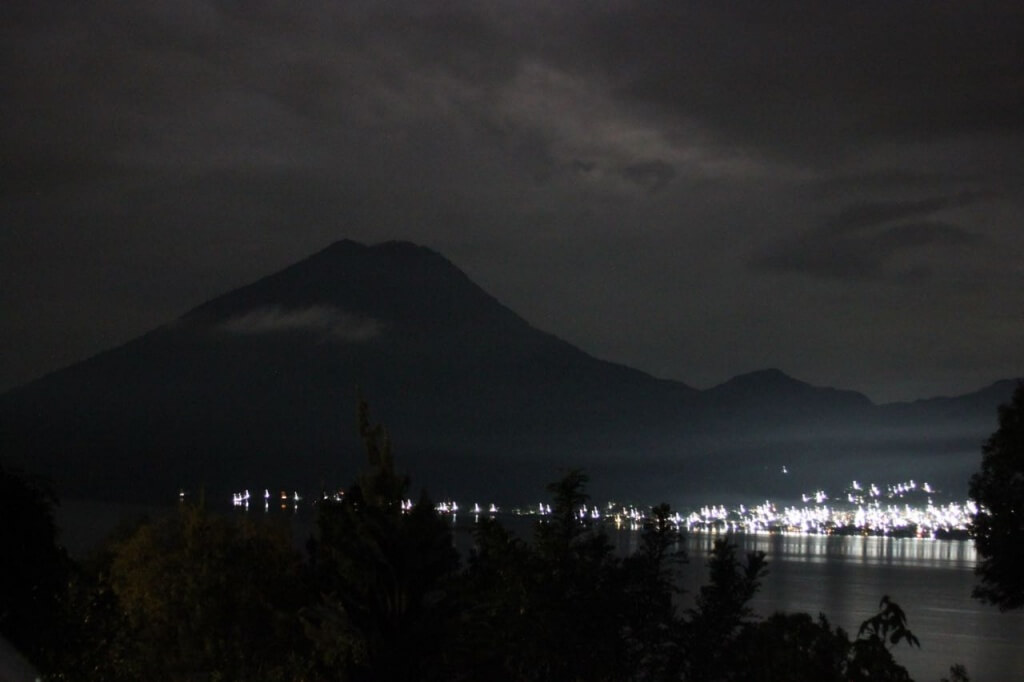
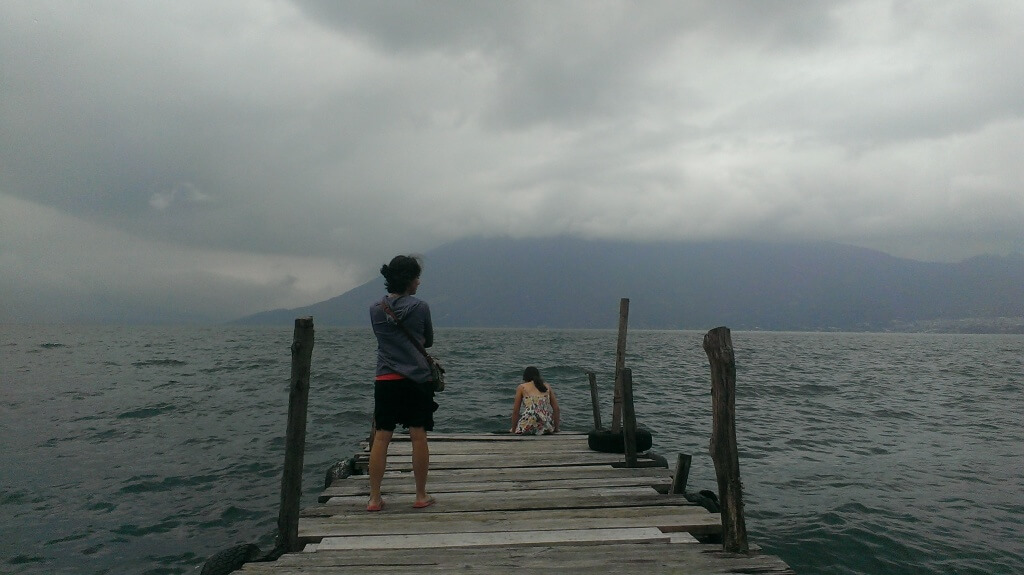
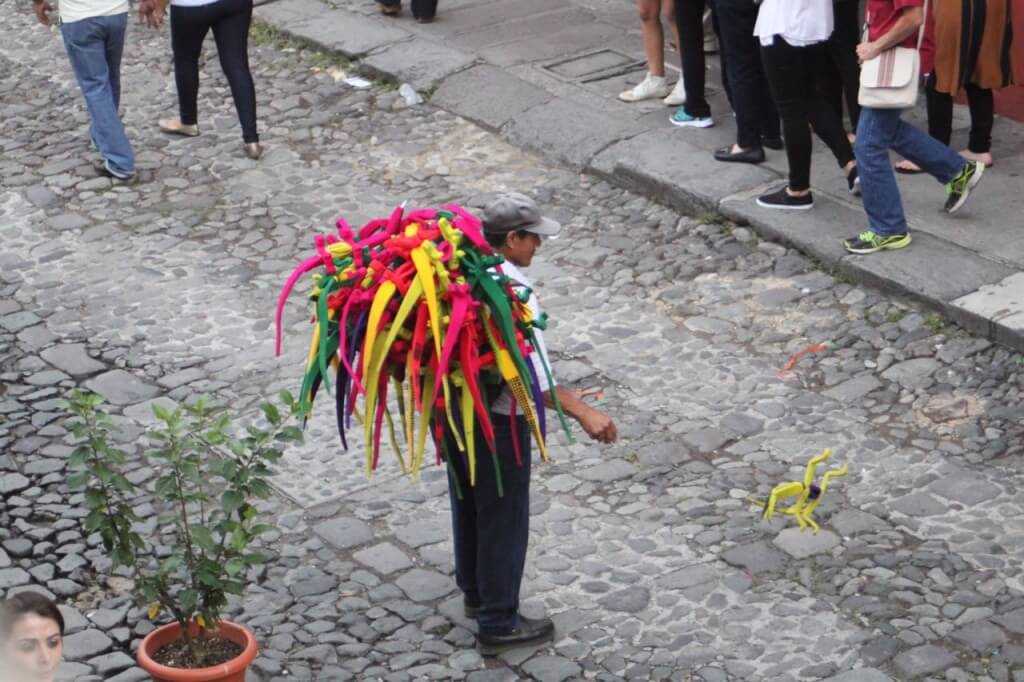
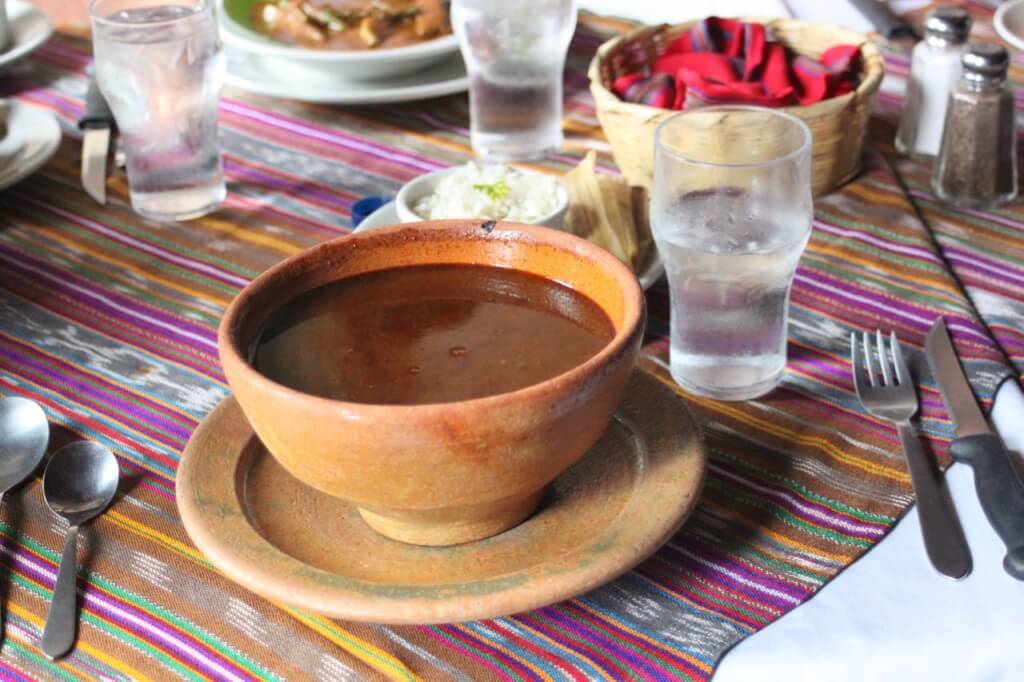
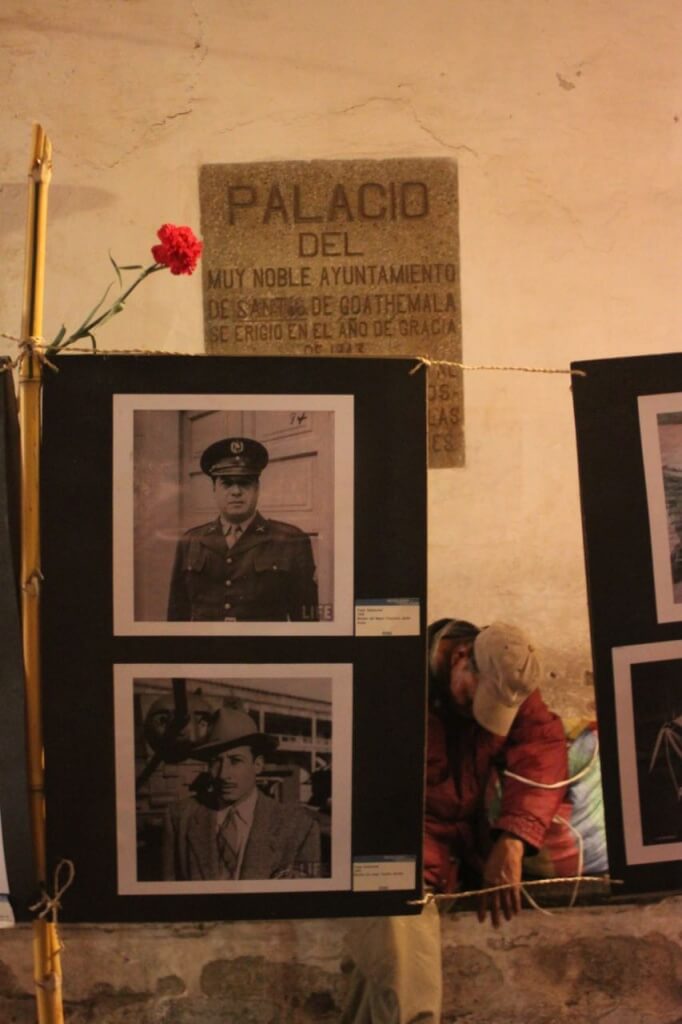
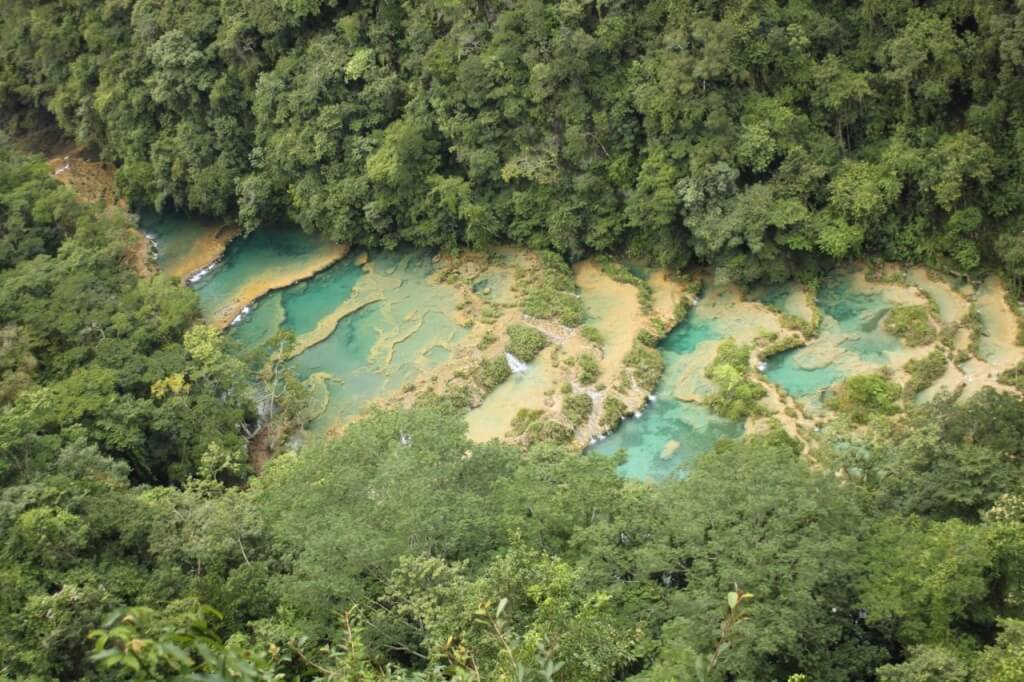
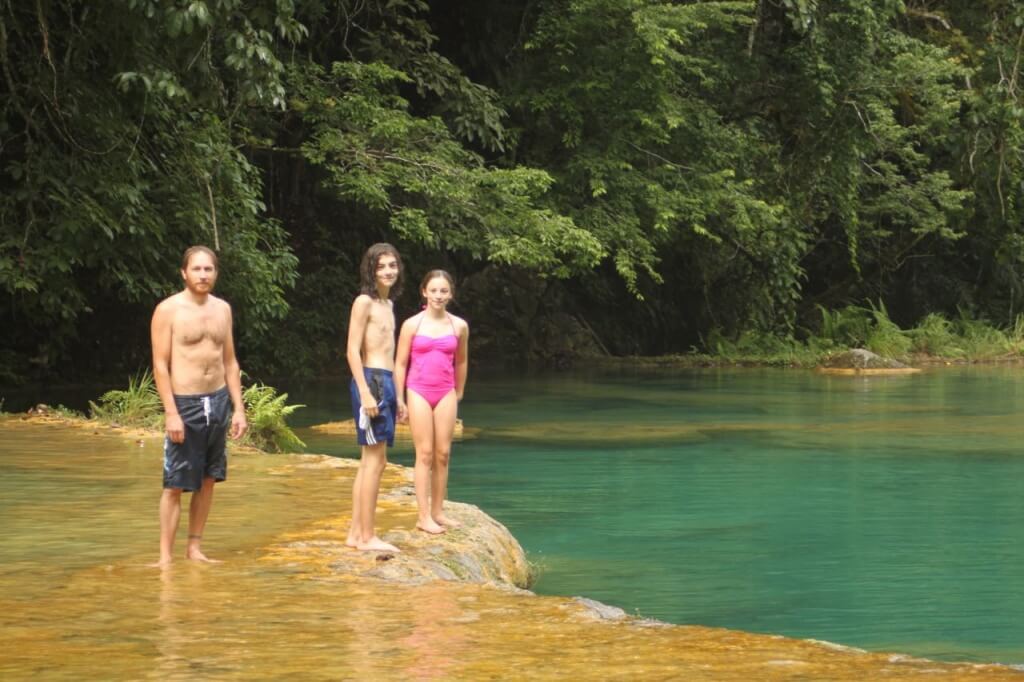




Poignant!
I have noticed you don’t monetize your blog, don’t waste your traffic, you can earn additional bucks every month because you’ve got high quality content.
If you want to know how to make extra money, search for: Mrdalekjd methods for $$$